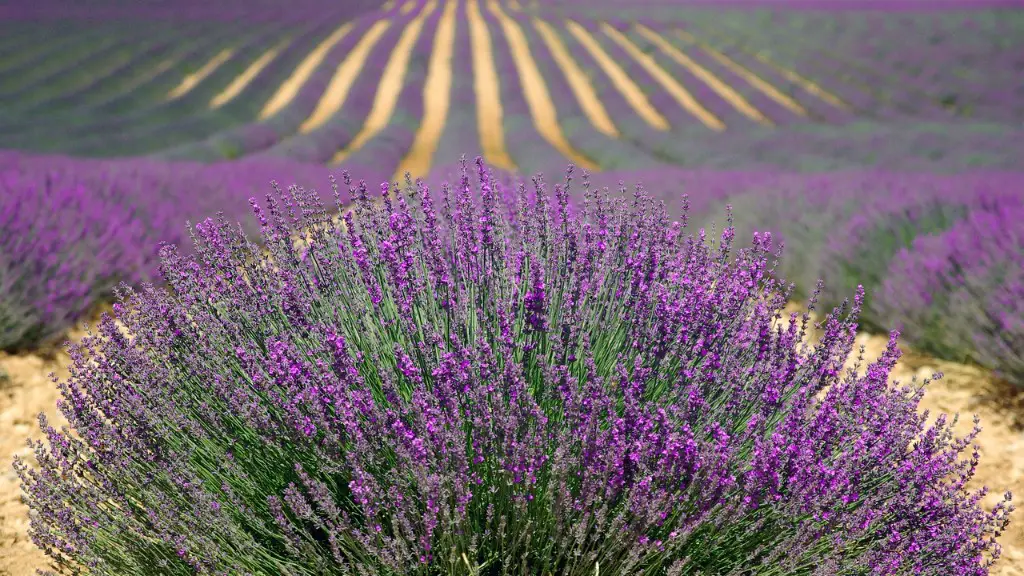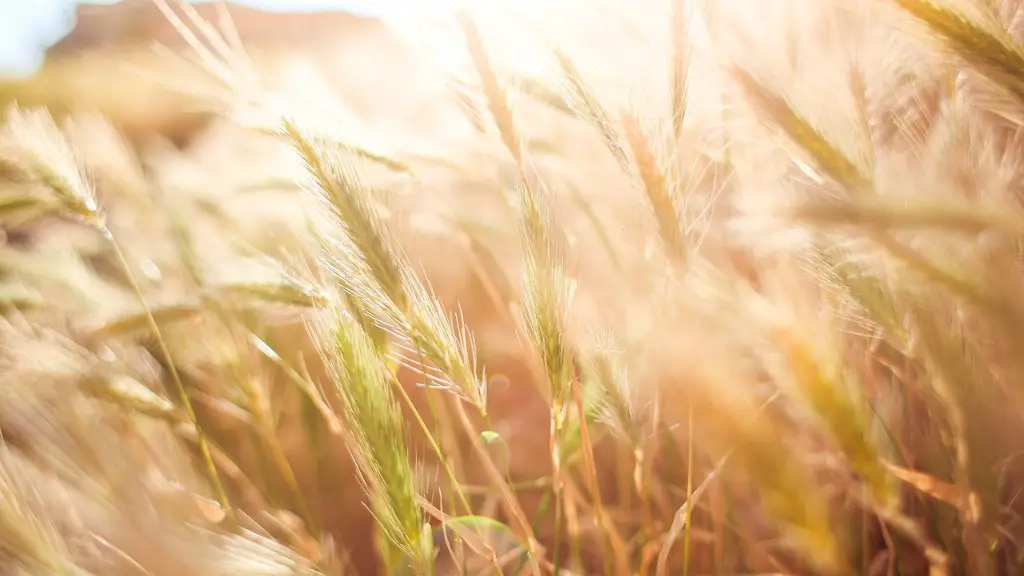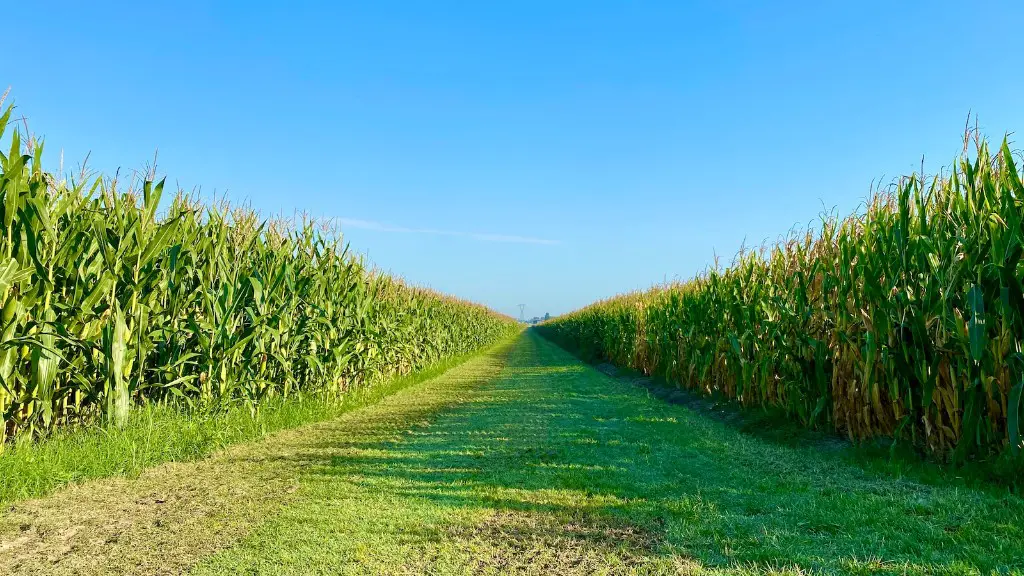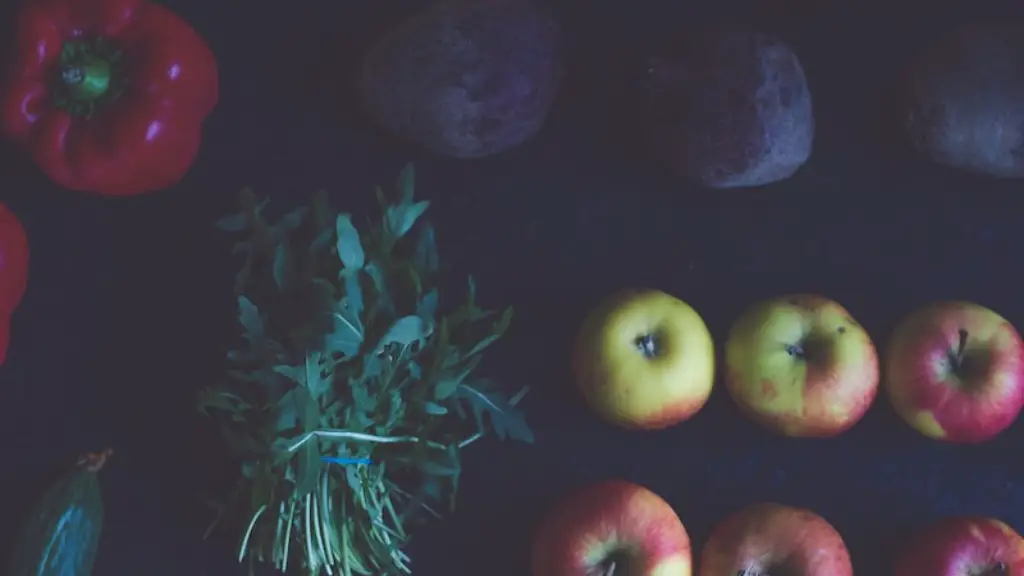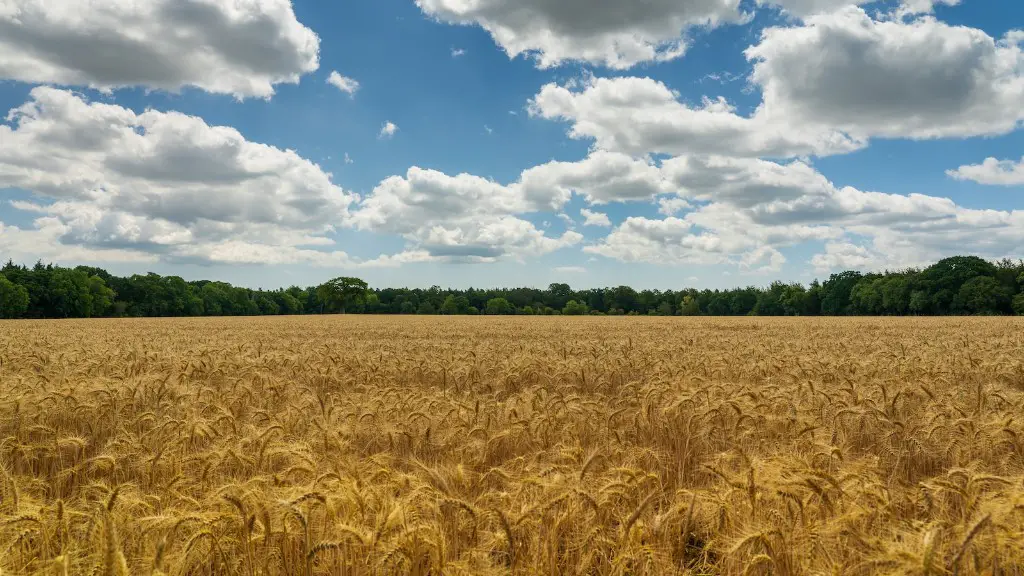Animal improvement in agriculture is the application of modern breeding techniques to improve the genetic potential of farmed animals and consequently produce a better product for the consumer. It includes selection programmes, inbreeding, crossbreeding, animal biotechnology, gene mapping and epigenetics. With animal improvement, the industry has the potential to produce more meat, eggs, and dairy for human consumption and at a higher quality than ever before.
Animal improvement programmes can be tailored to meet specific production objectives and are implemented across the world with the exact techniques varying based on the species and applicable regulations. The goals of these projects involve increasing production by improving the productivity, efficiency and profitability of the animals through improving the speed of maturation and market quality. Of particular importance are the animal’s disease resistance, health and fertility.
Animal improvement programmes vary from selective breeding to the implementation of newer technologies such as biotechnology, cloning, and genetic engineering. The choice of a particular technology is based on several factors including the cost, speed, environmental safety, welfare and ethical issues. Animal improvement programmes offer the potential to reduce production costs, reduce waste, increase animal welfare and improve the genetic characteristics of animals.
Inbreeding, as opposed to outbreeding, is mating of related individuals to increase the likelihood of certain genes, both helpful and detrimental, being passed on. Its purpose is to ‘fix’ good traits so that future generations carry only those traits. Cross-breeding is a form of selective breeding whereby two breeds of the same species are mated to create a new hybrid. This technique holds the potential to create animals with a higher meat yield, milk yield and milk fat content as well as qualities including disease and parasite resistance.
Molecular genetic markers are also available and offer insight into the animal’s performance before selection. Selection with molecular markers are conducted through the evaluation of the genes responsible for the trait(s) of interest. Such an approach does not require any historical information and more accurately predicts an animal’s performance.
Animal biotechnology is the use of living cells and tissues to improve animal production. It has been used in research to improve the understanding of animal physiology, but recently, its use has extended to the production of various types of biological products and animals with improved characteristics. This includes transgenesis, somatic cell nuclear transfer, cloning and marker-assisted selection.
Introduction to Animal Genetics
Animal genetics is the science that studies the genetics of animals, such as the heritability of traits, the genetic architecture of species, and the localized adaptations of species. Understanding the answer to the question “What is animal improvement in agriculture?” requires a basic introduction to animal genetics and the scientific techniques that inform it. Animal genetics revolve around heritability, or the ability of an organism to pass genetic characteristics on to its offspring.
Animal genetics and the techniques used to study them are elaborate, though not as complex as plant genetics. Animal genetics involve techniques such as PCR, or polymerase chain reaction, which identify genes, and DNA microarray techniques, which measure metabolic traits. Genome sequencing is necessary in order to determine the pattern of genetic variation.
In addition to animal genetics, animal improvement in agriculture relies on the principles of quantitative genetics. Quantitative genetics is the application of statistical genetic theory to animal populations to evaluate the relationships between variation in traits and genetic variation among individuals. This field allows scientists to understand the heritability of a trait, the genetic correlation of traits, and the evolutionary selection on a trait.
Quantitative genetics work together with animal genetics to help scientists identify the genes and alleles that are associated with desirable traits and analyze the impact of breeding on a population of animals. The tools of quantitative genetics and animal genetics are only two steps in the larger picture of animal improvement in agriculture.
Animal Breeding and Improvement
Animal improvement in agriculture combines the principles of animal genetics and quantitative genetics with the tools of animal breeding. Animal breeding is the process by which humans specially select animals to produce offspring with desirable traits. Animal breeding has been around for centuries, though the science has become more sophisticated as newer tools of biotechnology become available.
Animal improvement in agriculture typically involves three main components: artificial selection, inbreeding, and crossbreeding. Artificial selection is the traditional method of animal breeding that selects for desirable traits. Inbreeding is the intentional mating of animals so related that their offspring will have an increased chance of having certain genetic traits. Crossbreeding is the method of mating animals from two different pure bred lines in order to increase the genetic variation in the offspring.
Animal improvement utilizes these various breeding methods to produce animals with increased genetic gains in terms of productivity, efficiency and profitability. The methods of artificial selection, inbreeding, and crossbreeding allow for the rapid selection of animals with improved genetic traits, while simultaneously improving animal welfare.
Animal Biotechnology
Animal biotechnology is the use of living cells and tissues to improve animal production. It serves as an alternative to traditional methods of animal breeding and improvement, and has been increasingly utilized in the last few decades. Animal biotechnology has been used in research to better understand animal physiology. More recently, its use has extended to the production of various types of biological products and animals with improved characteristics.
Animal biotechnology can include transgenesis, somatic cell nuclear transfer, cloning, and marker-assisted selection. Transgenesis is the process of introducing foreign DNA into an animal to produce new traits. Somatic cell nuclear transfer is the artificial duplication of an animal or organism by transferring the nucleus of a somatic cell into an egg. Cloning involves the genetic replication of an animal or organism by transferring the nucleus of a cell into an egg.
Marker-assisted selection is the process of selecting livestock based on genetic markers in the animal’s DNA that allow for predictions on performance characteristics. All of these methods of animal biotechnology allow scientists to select for animals with improved genetic characteristics, which in turn increase the accuracy of selection programmes and animal efficiency.
Conclusion and Outlook
Animal improvement in agriculture is the application of animal genetics, quantitative genetics, and animal breeding to improve the genetic potential of farmed animals. This process increases the efficiency and profitability of animal products and contributes to global food security. Animal improvement utilizes methods of artificial selection, inbreeding, crossbreeding, and animal biotechnology to produce healthier, faster-growing, and more robust animals.
The methods of animal improvement are subject to scientific and ethical debate. Animal biotechnology has been criticized for its potential to cause animal welfare and health concerns. Despite this, animal improvement in agriculture remains an essential tool to producing better, more profitable animals. Further research in this field could yield great benefits for humanity and the global food security.
